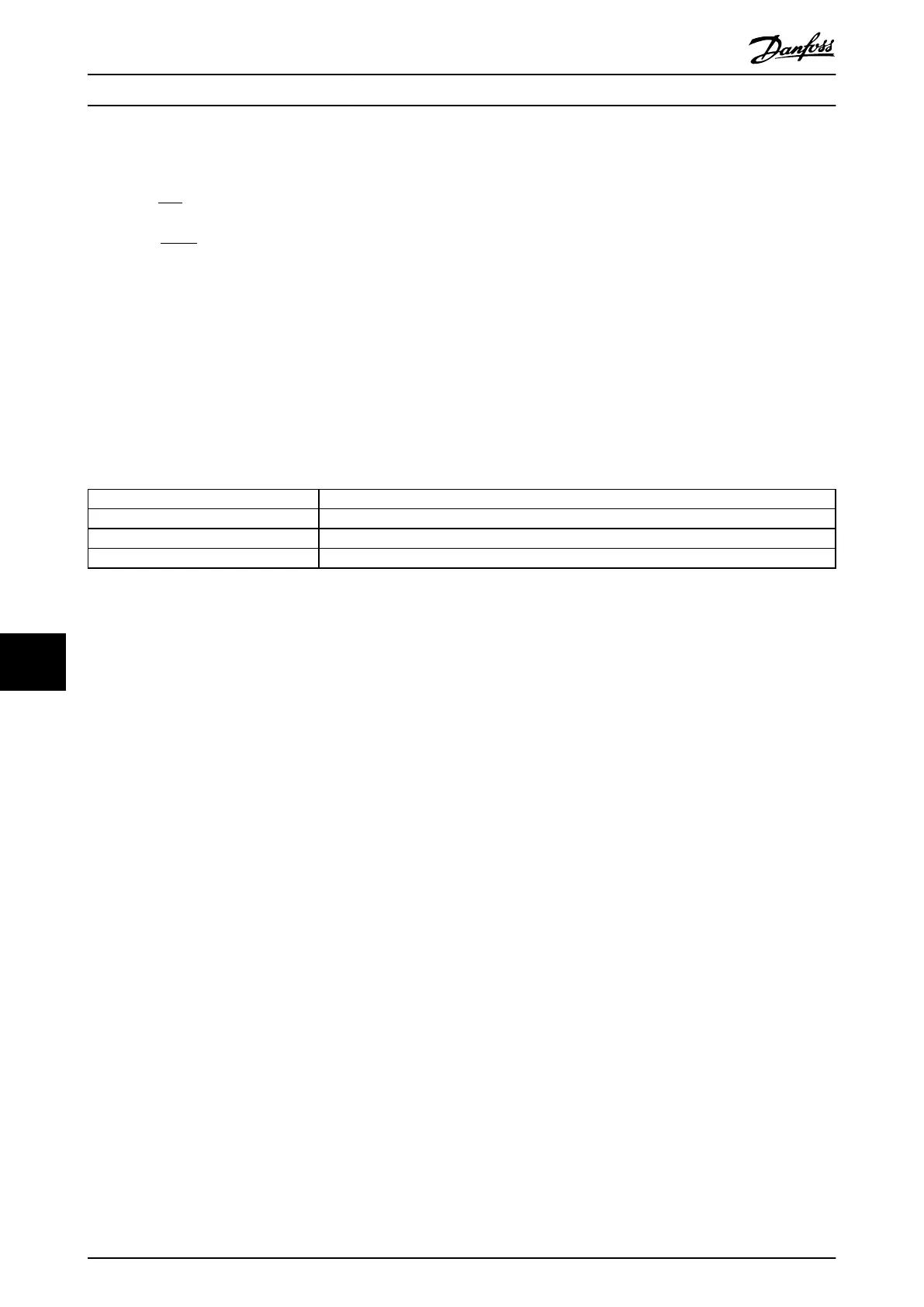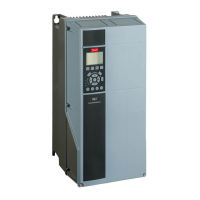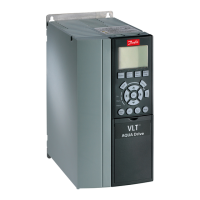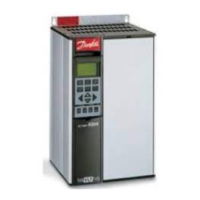A commonly used term for describing the impedance of a grid is the short circuit ratio R
sce
, where R
sce
is dened as the
ratio between the short circuit apparent power of the supply at the PCC (S
sc
) and the rated apparent power of the load.
(S
equ
).R
sce
=
S
sc
S
equ
where S
sc
=
U
2
Z
supply
and S
equ
= U × I
equ
Negative eects of harmonics
•
Harmonic currents contribute to system losses (in cabling and transformer).
•
Harmonic voltage distortion causes disturbance to other loads and increases losses in other loads.
10.17.3 IEC Harmonic Standards
In most of Europe, the basis for the objective assessment of the quality of mains power is the Electromagnetic Compatibility
of Devices Act (EMVG). Compliance with these regulations ensures that all devices and networks connected to electrical
distribution systems fulll their intended purpose without generating problems.
Standard Denition
EN 61000-2-2, EN 61000-2-4, EN 50160 Dene the mains voltage limits required for public and industrial power grids.
EN 61000-3-2, 61000-3-12 Regulate mains interference generated by connected devices in lower current products.
EN 50178 Monitors electronic equipment for use in power installations.
Table 10.46 EN Design Standards for Mains Power Quality
There are 2 European standards that address harmonics in the frequency range from 0 Hz to 9 kHz:
EN 61000–2–2 (Compatibility Levels for Low-Frequency Conducted Disturbances and Signaling in Public Low-Voltage
Power Supply Systems
The EN 61000–2–2 standard states the requirements for compatibility levels for PCC (point of common coupling) of low-
voltage AC systems on a public supply network. Limits are specied only for harmonic voltage and total harmonic distortion
of the voltage. EN 61000–2–2 does not dene limits for harmonic currents. In situations where the total harmonic distortion
THD(V)=8%, PCC limits are identical to those limits specied in the EN 61000–2–4 Class 2.
EN 61000–2–4 (Compatibility Levels for Low-Frequency Conducted Disturbances and Signaling in Industrial Plants)
The EN 61000–2–4 standard states the requirements for compatibility levels in industrial and private networks. The standard
further denes the following 3 classes of electromagnetic environments:
•
Class 1 relates to compatibility levels that are less than the public supply network, which aects equipment
sensitive to disturbances (lab equipment, some automation equipment, and certain protection devices).
•
Class 2 relates to compatibility levels that are equal to the public supply network. The class applies to PCCs on the
public supply network and to IPCs (internal points of coupling) on industrial or other private supply networks. Any
equipment designed for operation on a public supply network is allowed in this class.
•
Class 3 relates to compatibility levels greater than the public supply network. This class applies only to IPCs in
industrial environments. Use this class where the following equipment is found:
- Large drives.
- Welding machines.
- Large motors starting frequently.
- Loads that change quickly.
Typically, a class cannot be
dened ahead of time without considering the intended equipment and processes to be used in
the environment. VLT
®
high-power drives observe the limits of Class 3 under typical supply system conditions (R
SC
>10 or
Vk
Line
<10%).
Electrical Installation Con...
VLT
®
HVAC Drive FC 102
198 Danfoss A/S © 11/2017 All rights reserved. MG16C302
1010
